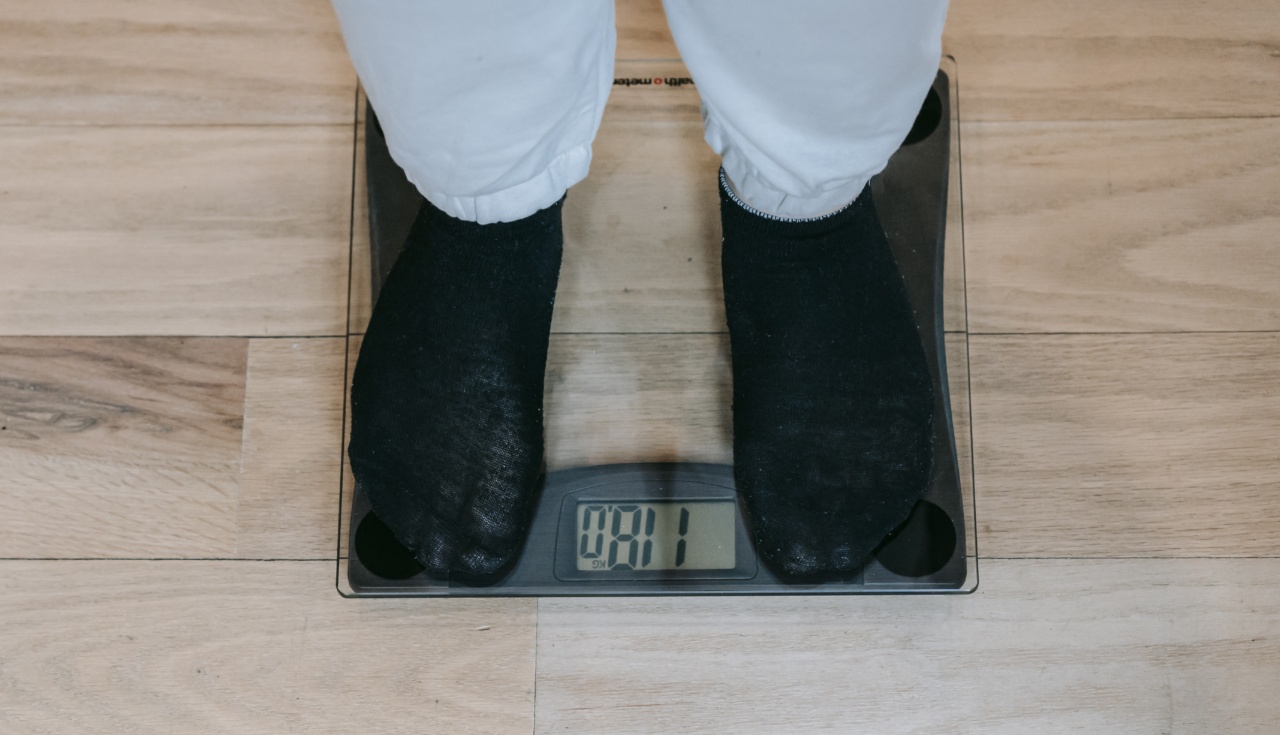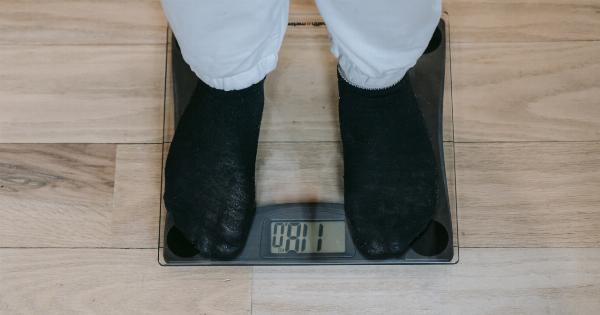When it comes to achieving your weight loss goals, the distribution of calories in your diet plays a crucial role.
While most individuals focus solely on the calorie deficit, understanding how to distribute these calories optimally can enhance your weight loss journey and improve overall health. In this article, we will delve into the importance of calorie distribution and provide you with valuable insights on how to maximize weight loss effectively.
1. The Basics of Calorie Intake
Before diving into calorie distribution, it is important to understand the basics of calorie intake. Calories are units of energy that come from the food and beverages we consume.
The number of calories you consume should align with your energy needs and weight loss goals.
2. Importance of Calorie Deficit for Weight Loss
To lose weight, you need to create a calorie deficit, which means consuming fewer calories than your body needs for maintenance. This deficit forces your body to use stored fat as a source of energy, leading to weight loss over time.
However, achieving a calorie deficit is just the first step; distributing those calories wisely is equally essential.
3. Macronutrient Ratios for Weight Loss
The distribution of macronutrients, namely carbohydrates, proteins, and fats, can significantly impact weight loss and overall health. Each macronutrient serves a unique purpose and affects satiety, metabolism, and muscle preservation differently.
4. The Role of Carbohydrates
Carbohydrates provide energy to the body, making them an essential part of any diet. However, not all carbohydrates are created equal.
In general, complex carbohydrates found in whole grains, fruits, and vegetables are a better choice than simple carbohydrates found in refined sugars and processed foods. These complex carbohydrates provide sustained energy and fiber, promoting feelings of fullness.
5. The Significance of Protein
Protein is known for its role in muscle repair and growth, but it also plays a crucial role in weight loss. Protein-rich foods increase satiety and help preserve muscle mass during calorie restriction.
Including lean sources of protein, such as lean meats, poultry, fish, legumes, and tofu, in your diet can support weight loss and improve body composition.
6. The Truth About Fats
Fats are often misunderstood when it comes to weight loss. While they are high in calories, healthy fats, such as those found in nuts, seeds, avocados, and olive oil, provide numerous health benefits.
These fats promote satiety, increase nutrient absorption, and support hormonal balance. However, moderation is key, as fats are calorie-dense, so be mindful of portion sizes.
7. Balancing Micronutrients
In addition to macronutrients, micronutrients also play an important role in weight loss and overall health. Ensure that your diet includes a variety of fruits, vegetables, whole grains, and legumes to provide essential vitamins and minerals.
These nutrients support metabolism, energy production, and overall well-being during weight loss.
8. Timing of Meals
Incorporating proper meal timing can impact weight loss and hunger levels.
While the concept of eating small, frequent meals throughout the day was popular, recent studies have shown that meal frequency and timing may not play a significant role in weight loss. Focus instead on finding a meal schedule that works for you and supports adherence to a calorie deficit.
9. Individualized Approach
It is important to recognize that each individual is unique, and what works for one person may not work for another. Factors like age, gender, activity level, and personal preferences can impact the optimal distribution of calories.
Experimenting with different macronutrient ratios and meal timings can help you find what works best for your body.
10. Consulting a Professional
If you feel overwhelmed or unsure about how to optimize your calorie distribution for weight loss, consulting with a registered dietitian or nutritionist can provide personalized guidance.
They can assess your individual needs, preferences, and goals to create a tailored meal plan that maximizes weight loss while ensuring nutritional adequacy.
Conclusion
When embarking on a weight loss journey, understanding the importance of calorie distribution can make a significant difference in your results.
By focusing on macronutrient ratios, including the right types of carbohydrates, proteins, and fats, and considering overall nutrient balance, you can enhance weight loss, support muscle preservation, and improve overall health. Remember, a personalized approach and professional guidance can further optimize your results.



























